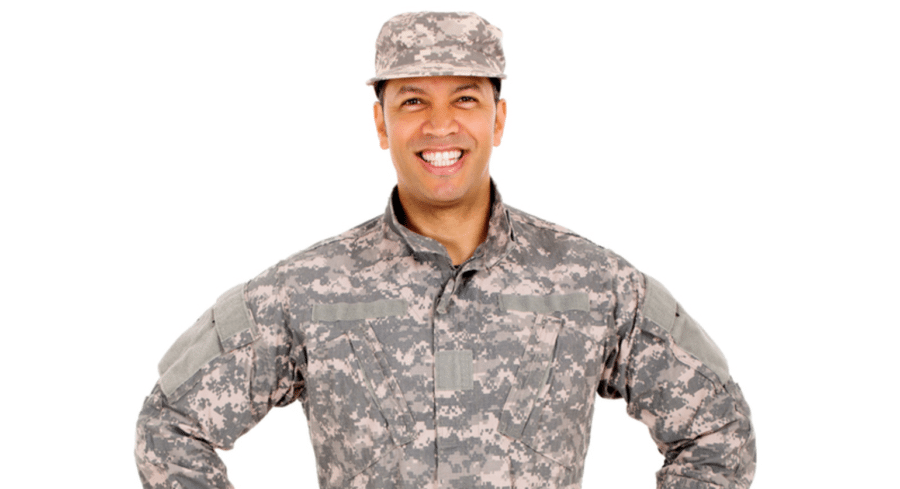Veterans bring a unique blend of maturity, loyalty, and leadership to a workplace. The women and men who have served in the military know how to work as part of a team toward a common goal. They understand, more clearly than most, that work brings its own challenges and rewards. They have a sense of perspective, and an appreciation of the freedoms and hard work that are the backbone of the American workplace.
Skills Veterans Bring to the Table
Not all military veterans have experienced combat, but all who have spent time in the military have learned how to take orders, finish a job, and work as part of a team. Combat vets bring their own unique strengths and experiences into a workplace. With a highly developed sense of altruism and teamwork, vets most often experience culture shock in a workplace that does not value or practice the loyalty and teamwork that is most familiar to them. Used to giving all for the job, they may have difficulty understanding a “me-first” mind-set.
Workplaces can help vets transition to civilian workplaces by offering them a scope for their particular strengths. Military technical school training is top-notch, and the degree of expertise men and women have who have been working with complex systems is sometimes hard to translate into civilian life. Having a clear understanding of the technical training schools attended and the work performed, and how that will translate into the civilian sector, will allow hiring managers and leadership to use vets to their fullest potential.
Military Leaders
Military leaders are used to managing the concerns of a diverse group while focused on getting the job done. Flexibility is a characteristic of military leadership that is not often understood. With popular culture showing a rigid and stereotypical picture of veterans as either drill sergeants or combat vets suffering from shell shock, the unique flexibility and leadership qualities of military men and women often goes unused and unappreciated. With a fully integrated and diverse workplace that follows a complex system of national and international law and civilian and military control, military leaders are both able and flexible.
Civilian Life
Going home at the end of the workday and doing one’s own thing is a foreign concept for vets who are used to living with the job and the team 24/7. Many vets find they can transition to a more usual civilian work-life by putting some of their energy and skills into a volunteer project. Sometimes people can find a new passion in life, and sometimes a new social group, by engaging some of their time and effort into a worthy project.
Supporting the many changes veterans go through when returning to the civilian workplace can be a challenge but a mentorship program can provide support for both sides of the equation. By providing a mentor in the workplace, vets can have a translator of sorts into the mysteries of the new culture and workplace expectations. Management and leadership can have a translator for the particular skills and challenges of the veteran. Mentorship programs usually match vets with other vets.
Disabilities
The EEOC has published guidelines regarding employment law for veterans with a service-connected disability. Protected under both the Americans with Disabilities Act, and the Uniformed Services Employment and Reemployment Rights Act, veterans cannot be discriminated against in American workplaces. This means that workplaces cannot make hiring or firing decisions based on a persons status as a veteran or as a veteran with a disability.
Protection under these laws includes a perception or expectation of a disability. Combat veterans especially are viewed with concern and distrust that limits their employment options. But hiring, firing, training, promotion, and job assignments cannot be restricted because of a person’s status as a veteran. Instead, American business can take advantage of the leadership and loyalty, the hard work and skills veterans bring to the workforce.
Learn More About Veterans in the Workforce
For more information about hiring a veteran, check out this blog post, or please contact us.





